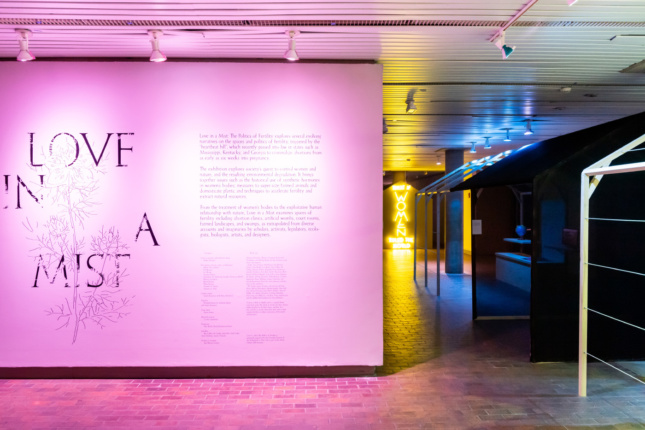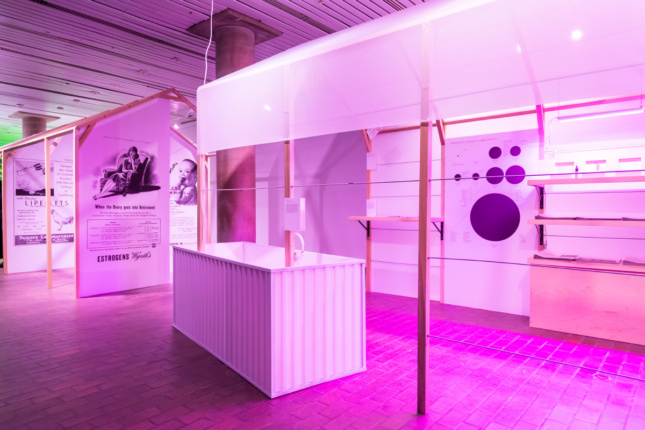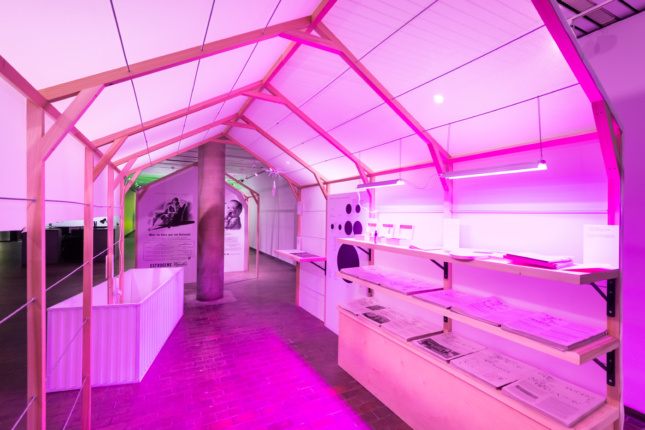We might look back on 2019 as a year of perpetual crises, should we survive their enduring damages. The Amazon rainforest burned for weeks under a far-right populist in Brazil, as land long-held by indigenous peoples was effectively cleared for cattle. At the moment of writing, there is ongoing, large-scale and violent civil unrest in Hong Kong, Lebanon, Chile, Colombia, Bolivia, Ecuador, Iraq, and Iran. Even limiting our attention to the American news cycle, as we often do, it’s difficult to cultivate hope for a future which, per the U.N. Emissions Gap Report, may not exist without significant infrastructural change. Millennials are increasingly opting not to have children, if not for financial insecurity, then out of an acute anxiety over the diminished prospects for life on earth. The contested appointment of Brett Kavanaugh to the U.S. Supreme Court (to pluck one item from the trash fire of this year in American politics) has ensured a bleak outlook for the future of Roe v. Wade as well. Women dressed as Atwood’s handmaids protested a stylized dystopia of forced birth that is, in some ways, already real for poor women in states with no practical access to abortion services.
Architects often feel called to address these political terrains as the conceptual and material grounds for design solutions, as if architecture is not already implicated and architects are not human actors also living under these same existential conditions. The objects in need of solutions are so immense, so out of scale, and so tangled in intersecting forces, that it’s difficult to do more than call attention to them—to try to express the unspeakable.
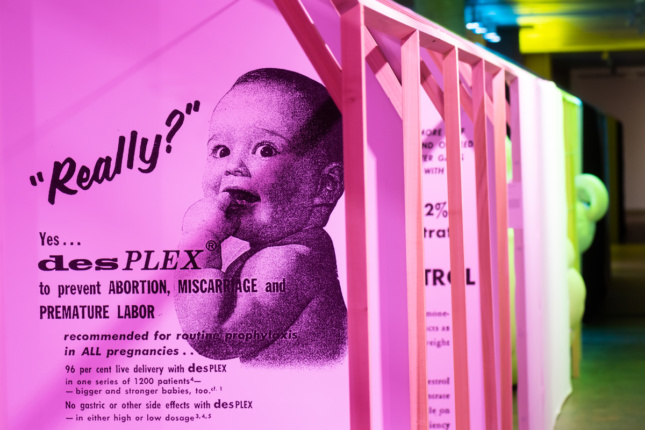
Love in a Mist (The Politics of Fertility) is an ambitious show currently on view at the Druker Design Gallery at Harvard’s Graduate School of Design that acknowledges the urgency and complexity of an endangered reproductive future. And yet, it reaches for hope in the face of possible extinction. Conceived by the architect Malkit Shoshan, the show assumes an activist posture to address a nuanced set of concerns around the body, fertility, and seemingly detached environmental crises. By assembling research, activist artifacts, artistic works, and a deep bibliography of feminist texts, Love in a Mist locates resistance and hope in interconnection and its enunciation. As Donna Haraway pleads in her science-fiction work Children of the Compost, cited in the exhibition text, we can and must articulate new forms of relation to each other and the earth—it’s a matter of inter-species survival.
The domination (and depletion) of the environment and the control over human reproduction are intimately entangled, Shoshan argues. At the fulcrum of fertility (engineered by synthetic hormones or controlled through conservative legislation), women and nature are recognized as mutually domitable objects. It’s a problematic alignment, but the show works through that tension with care.
The exhibition was instigated as an urgent response to the sharp increase in anti-abortion legislation known as “heartbeat bills,” some of which were signed into law in Ohio, Mississippi, Kentucky, and Georgia this year. The exhibited work builds on the scholarship of Lori Brown, whose study of the landscapes of U.S. abortion access is presented in takeaway texts and series of infographics.
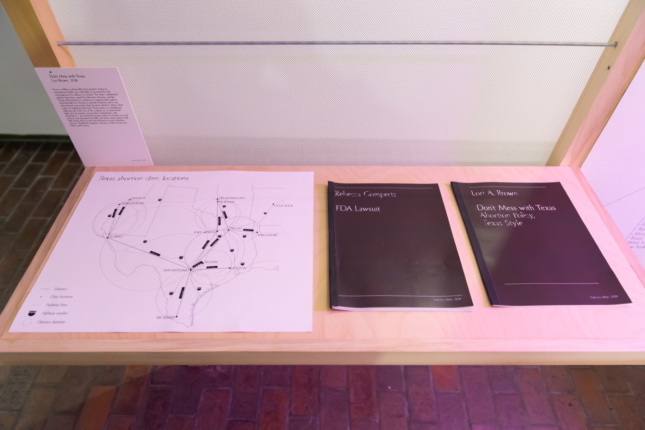
From this legal ground, the sequence of the show quickly expands that predicament to an ecological scale with research on the history of synthetic estrogen. Diethylstilbestrol, or DES, had been prescribed to women suffering miscarriages beginning in the 1940s. Understood to reduce pregnancy complications and loss, its harmful effects weren’t known until the 1970s, when DES was linked to clear-cell carcinoma in women and girls. DES had also been used as a growth hormone in livestock feed and caused breast and cervical cancer in those consuming estrogen-laden poultry and meat. Introduced into the agricultural ecology, DES contaminated the surrounding land, water, and plants. Hyperproduction is an acceleration of death.
The content of the exhibition is organized into four distinct chapters: Reproductive rights, accelerated growth, extinction, and compost. This framework is spatialized into a linear sequence of four wood-framed greenhouses, beginning with the heartbeat and finding its way out through the compost bin.
The greenhouse is the primary architectural device in the design of the show, also by Shoshan. She acknowledges it as a “natural container” for the content on view; it’s an obvious reference to the greenhouse effect, and also a literal technology for the cultivation and control of nature. The framing also stands in for the less discernible spaces of fertility that Love in a Mist tries to access—including brick-and-mortar and mobile clinics, crisis pregnancy centers, and state legislatures, as well as fields, forests, and swamps.
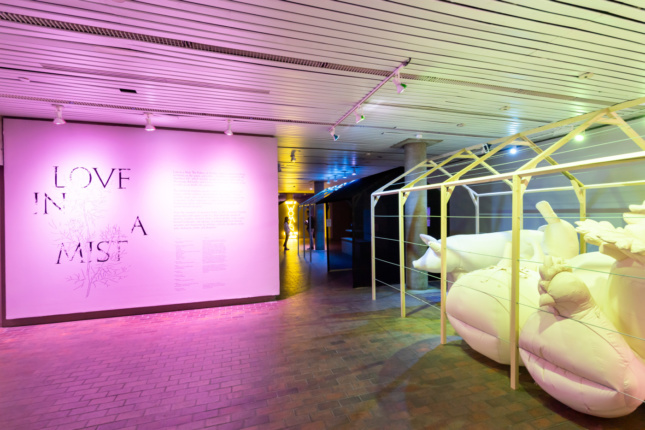
Multimedia work enlivens the information-rich exhibition environment. A video by Desirée Dolron shows swamps in Texas overtaken by a disruptive weed. Audio recordings of Northern California woods by Bernie Krause over nearly 30 years testify to a depleted “biophany.” Diana Witten’s documentary Vessel shows the travels of Women on Waves, whose portable abortion clinic is also represented in the show. Yael Bartana’s trailer to What if Women Ruled the World fantasizes an international government of women against an apocalyptic backdrop. Tabita Rezaire’s Sugar Walls Teardom is a vibrant video document in the compost section which acknowledges the contribution of black womxn’s wombs to advancements in biomedical technology.
The work, in the end, is thoroughly documentary but it maintains an effective pulse. Rather than directly taking up representational concerns, as feminist exhibitions so often do, it leans into the artifacts and techniques of fertility politics. For that reason, the distinct outlier of the show is a figural womb sculpted by Joep van Lieshout, a Dutch architect who also collaborated with Rebecca Gomperts on the Women on Waves clinic. It makes a static object of a living organ, one we’ve come to understand as influenced by so many external forces.
Love in a Mist finds recourse through the living. Named for a flower whose seeds were once ingested for their abortifacient properties, the exhibition puts as much faith in the home remedy as in the clinical procedure. Making kin, to borrow Donna Haraway’s prescription for earthly survival, must remain a matter of choice.
The exhibition is on view through December 20.







